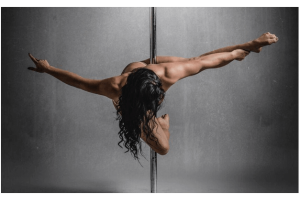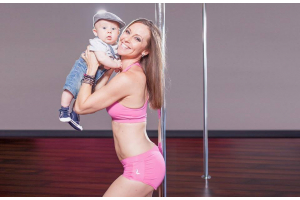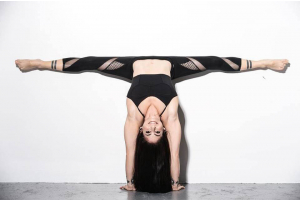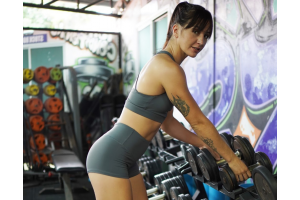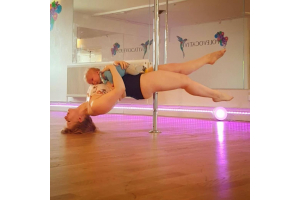Rotation, rotation, rotation - how to avoid shoulder injuries
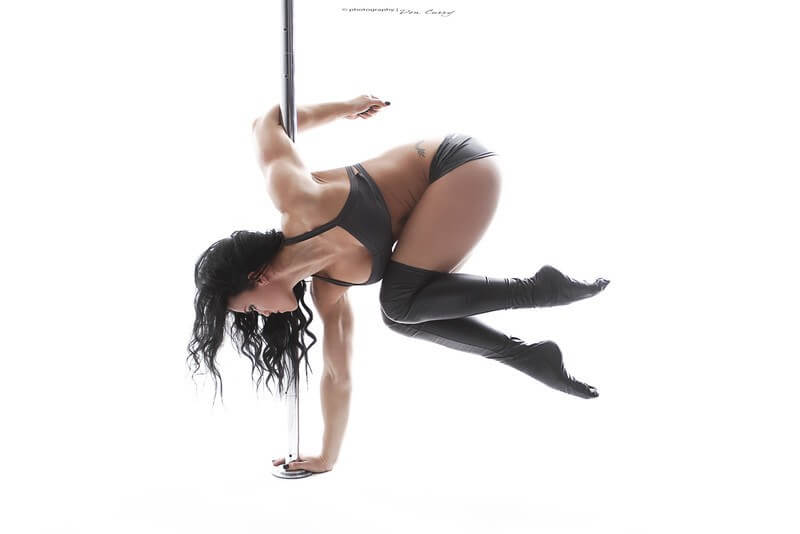
When I started Pole Dancing 8 years ago, I almost immediately associated progress with how my shoulders performed.
We want super strong shoulders capable of allowing us to swing, lift and hold ourselves upside down in crazy positions; but they also need to be mobile, able to twist and pivot to create beautiful shapes, with seamless transitions.
This is a dilemma….
Wanting to excel in these core pole dancing aspects can pull us in different directions in training, but it doesn’t have to;
By accustoming ourselves with the shoulders full range of motion and activating the muscles while doing it, rather than just strengthening and building muscle VS stretching and flexibility, we can train towards a stable, reliable shoulder.
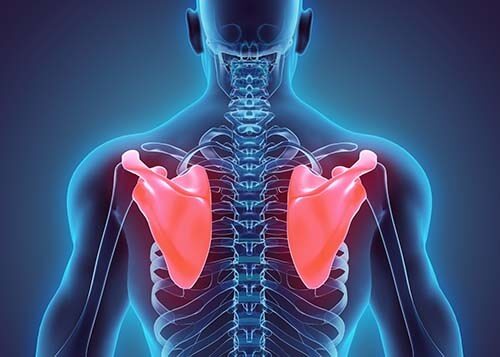
Joints shouldn’t be overexerted, and promoting hypotrophy in the adjacent muscles will enable you to protect tendons and ligaments – and take on the pole with much more confidence.
You’ll benefit from these shoulder exercises regardless of being at a beginner, an intermediate or an advanced level.
For the mobile shoulder joints to stay mobile and healthy, they rely almost entirely on the proper function of the scapula. Yes, the true key to shoulder mobility is scapular stability. You gotta have strong shoulder blades. You need a foundation” – Mark Sisson
By adhering to this workout routine you’ll not only build muscle that allows the rotator cuff to properly pivot the head of the humerus (upper arm bone), but also build confidence to master another pole move!
You’ll want to know that you’re capable of holding a position safely and effectively – especially when defying gravity in upside-down positions like Ayesha
Ideas to train Scapula Stability:
Today I’m sharing this exercise, which allows you to peek into my Off The Pole Workout Programs
This particular set enhances the load-bearing ability of the scapula by training the muscles that envelop it. Exercising one arm at a time allows for more focus and adds a unilateral and asymmetric muscle contraction that is similar to what we experience while pole dancing.
Successfully building a sound shoulder foundation will enable you to nail that pole move! A few minutes of commitment every day will not only help you increase your pole proficiency but also make you less injury-prone.

